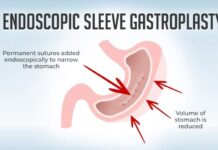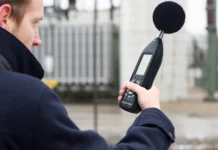Whether you are the owner of a commercial business premises, or else the manager in charge of ensuring the daily operations of the building are carried out both efficiently and effectively, you will already be fully aware of the health and safety requirements that you are both legally obliged to maintain, as well as the moral and ethical requirements pertaining to health and safety.
With this in mind here, for your information and of course reading pleasure, is a guide to the health and safety requirements for commercial premises and the mandatory requirements of which you are solely responsible for.
Conveyance System Management
One of the potentially most dangerous factors in and around commercial business premises is those pieces of equipment, such as conveyance systems, that are routinely and directly responsible for the health and safety of both your employees and your customers like.
By far the best decision for a premises manager to make sure the entirety of your vertical transportation systems is compliant, safe and in proper working order is to outsource the maintenance and inspection of such systems to reputable and renowned elevator consulting services.
Fire Safety
Perhaps the most crucial element of your health and safety approach concerns the fire safety regulations for your commercial building.
There is a set of standardized policies and procedures which you must adhere to in order to ensure the legal compliancy of your premises, the fundamentals consisting of the following:
Exit Signs
All fire exit signs should be continuously visible and clearly lit to ensure the safe departure of all employees and customers in the event of an emergency. These signs must only run on building power during the normal operation of the building and switch to using battery power when the normal power source is down.
Fire Alarms
All fire alarms and fire systems throughout the building must be positioned in an exceedingly visible position. Conduct regular and thorough walk rounds to inspect each fire point and implement a fire alarm testing morning every month.
Fire Sprinklers
Every one hundred and fifty square foot of the building must have a functioning fire sprinkler system, with an officially sanctioned tag stating that the entire sprinkler is working correctly. When the temperature of the space exceeds the regulated breaking point of the device’s liquid filament, the water sprinkler will activate.
Smoke Detectors
Like fire sprinklers, smoke detectors must also carry a tag depicting the fully functioning nature of the detector and must all be clearly labelled. In addition, all smoke detectors must be clearly labelled and have signs pointing to their location within the building.
Other Health & Safety Considerations for Commercial Buildings
Other primary health and safety considerations for commercial premises is ensuring any and all electrical equipment has been PAT tested and present the correct electrical safety certification. All gas installations need to be annually checked by a professional and qualified gas engineer and your building must be compliant with the Control of Asbestos Regulations 2012.



































































